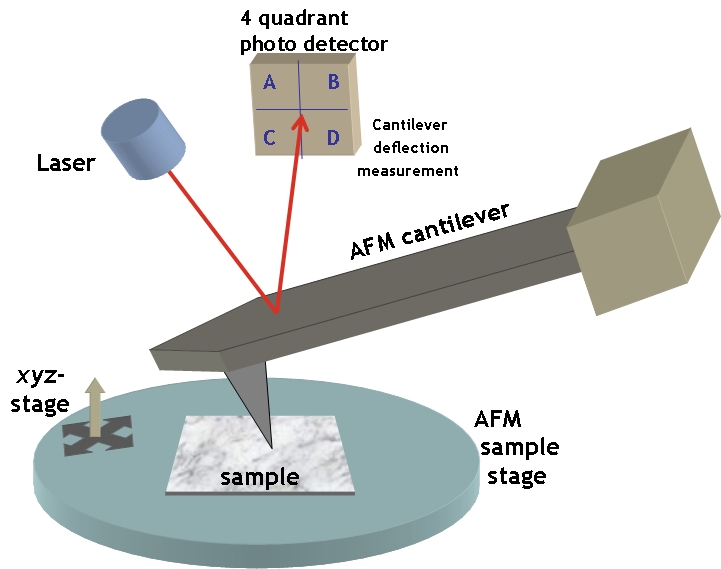| Cover page of Science |
The 1980s were a decade of fearlessness in science, where there were still so many unknowns, yet everyone was excited about all of the possibilities. There were two major scientific pushes in the 1980s: space travel and deciphering the AIDS epidemic, and as you may remember (or have guessed), there were many tragedies in 1986. Let's take a look:
January 12th: STS-61-C Space Shuttle Columbia is launched.
Among the crew was Dr. Franklin Chang Díaz, the first Latino astronaut. Dr. Franklin Chang Díaz is an engineer and physicist of Chinese and Costa Rican descent.
January 24th: The Voyager 2 space probe made its first encounter with the planet Uranus.
Launched in 1977, Voyager 2's primary mission was to study distant planets. Voyager 2 visited the Jovian system in 1979, Saturnian system in 1981, Uranus and the Uranian system in 1986, and Neptune in 1989.Now in it's 39th year since launch, Voyager 2 is on an extended mission to study the outer reaches of the Solar System. Check out some of the images taken by Voyager 1 and Voyager 2 here.
 |
| Voyager 2, photo credit: NASA |
| Uranus, taken by Voyager 2 in 1986. Photo credit: NASA |
January 28th: Space Shuttle Challenger (STS-51-L) explodes on launch.
On its 10th flight, Challenger exploded 73 seconds into mission launch, due to an explosion. All seven crew members and the Challenger shuttle were lost as a result of the malfunction. The shuttle and the bodies of the crew members were found mostly intact on March 9th by the US Navy.
February 21st: Nintendo releases the first game in the Legend of Zelda series in Japan.
Nerds everywhere have no idea how their lives are about to change. This may not seem directly scientific, but if we think about how far computer science and gaming science has come in 3 decades, it is revolutionary.
 |
| Legend of Zelda, 1986 |
Here's the trailer for the upcoming release in the Legend of Zelda series:
March 3rd: The first paper on Atomic Force Microscopy is published.
Atomic Force Microscopy (AFM), or Scanning-Force Microscopy, allows for very high-resolution with demonstrated resolution on the order of fractions of a nanometer, more than 1000 times better than the optical diffraction limit.
 |
| Setup of AFM, image from Wikipedia. |
April 3rd: IBM releases the first laptop computer.
It weighed 13 pounds, and looked like a little robot.
 |
| IBM "PC-Convertible", photo via Wikipedia |
Produced by gestational surrogacy, this revolutionary human pregnancy resulted from the transfer of an embryo created by in vitro fertilization (IVF), in a manner so the resulting child is genetically unrelated to the surrogate.
The surrogate and biological mother, Mary Beth Whitehead, refused to cede custody of Melissa (otherwise known as "Baby M", born 4/13/86) to the couple with whom she made the surrogacy agreement. The courts of New Jersey found that Whitehead was the child's legal mother and declared contracts for surrogate motherhood illegal and invalid. However, the court found it in the best interest of the infant to award custody of Melissa to the child's biological father, William Stern, and his wife Elizabeth Stern, rather than to Whitehead, the surrogate mother.
April 25th: The Chernobyl Nuclear Power Plant exploded, causing the worst nuclear power plant disaster in history.
May: The first method to create part-human, part-mouse monoclonal antibodies was published.
The development of humanized monocolonal antibodies lead the way for many medical therapeutics being used today. There are currently more than 30 FDA-approved monoclonal antibody therapies available for a wide range of diseases, including (but not limited to) cancers, autoimmune disorders like rheumatoid arthritis, severe psoraisis, Crohn's disease, transplant rejection, and cardiovascular diseases.
| Image from Britannica: Monoclonal Antibodies |
May: HIV is named.
The International Committee on the Taxonomy of Viruses said that the virus that causes AIDS will officially be called HIV (human immunodeficiency virus) instead of HTLV-III/LAV.
 |
| Dr. Jay Levy of UCSF, who discovered the "AIDS-related virus", or ARV, which would eventually be named Human Immunodeficiency Virus (HIV). Photo via UCSF archives. |
July: FDA approves the first genetically engineered vaccine for Hepatitis B.
Prior to the development of recombinant Hepatitis B vaccines, all Hep B vaccines were plasma-derived. Now, with the synthetically prepared vaccine, it is impossible for you to get Hepatitis B from the vaccine.
November 3rd: TIME magazine releases an issue on viruses, specifically discussing new research surrounding the HIV/AIDS epidemic.
By the end of 1986, 85 countries had reported 38,401 cases of AIDS to the World Health Organization, including Africa (2,323), Americas (31,741), Asia (84), Europe (3,858), and Oceania (395).
From TIME: " It would be another year before the first antiviral drug against HIV, AZT, is developed, but scientists are learning more about the biology of the AIDS virus, and testing new treatments, including gene therapy."
 |
| Cover Image, credit TIME Magazine. |
So there you have it: 30 years ago in science history. I hadn't really thought about it before, but my scientific career has been very representative of science in 1986. I've worked for NASA, studied HIV, and, for many years as a lying, idiot teenager, told my peers that I was the first "test tube baby".
Any guesses as to what the next 30 years will hold for science?




